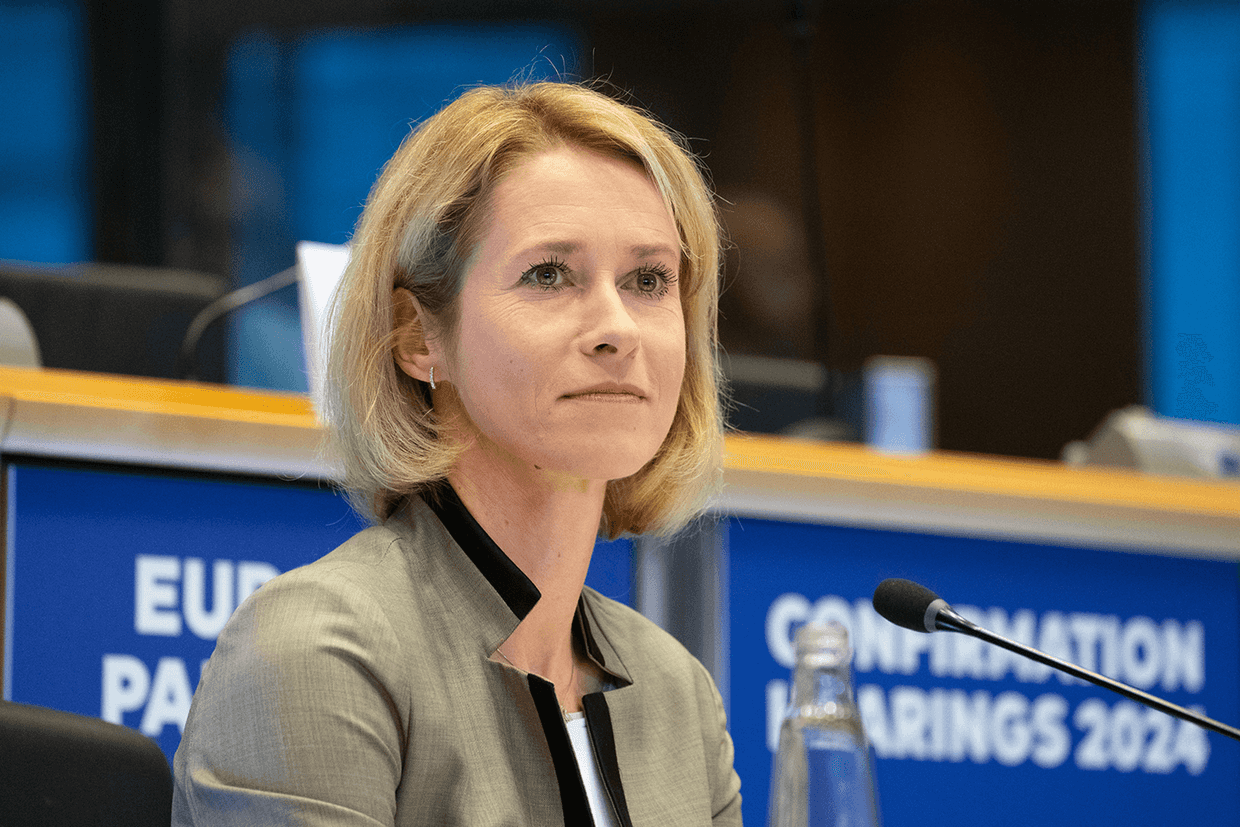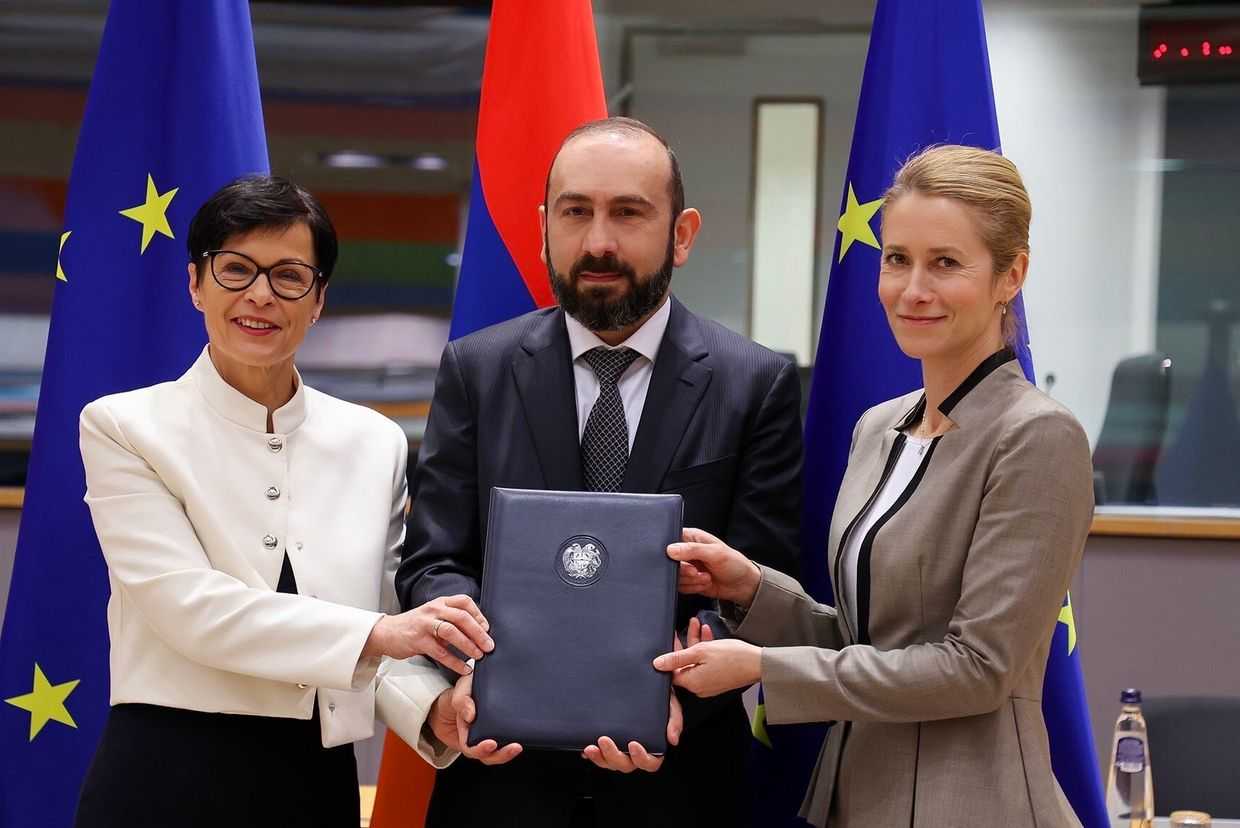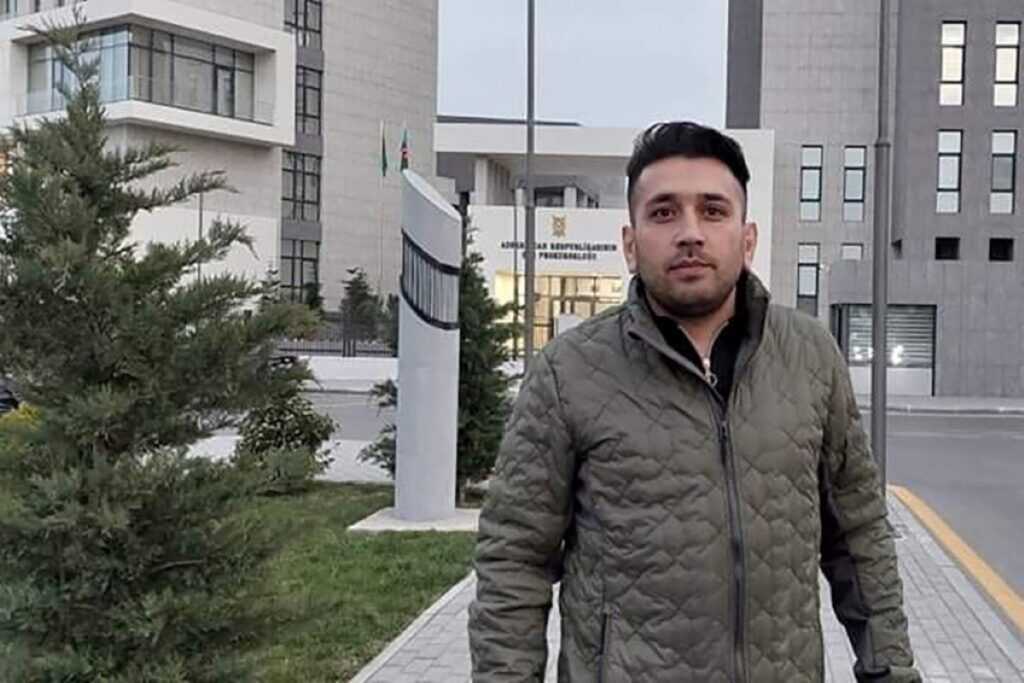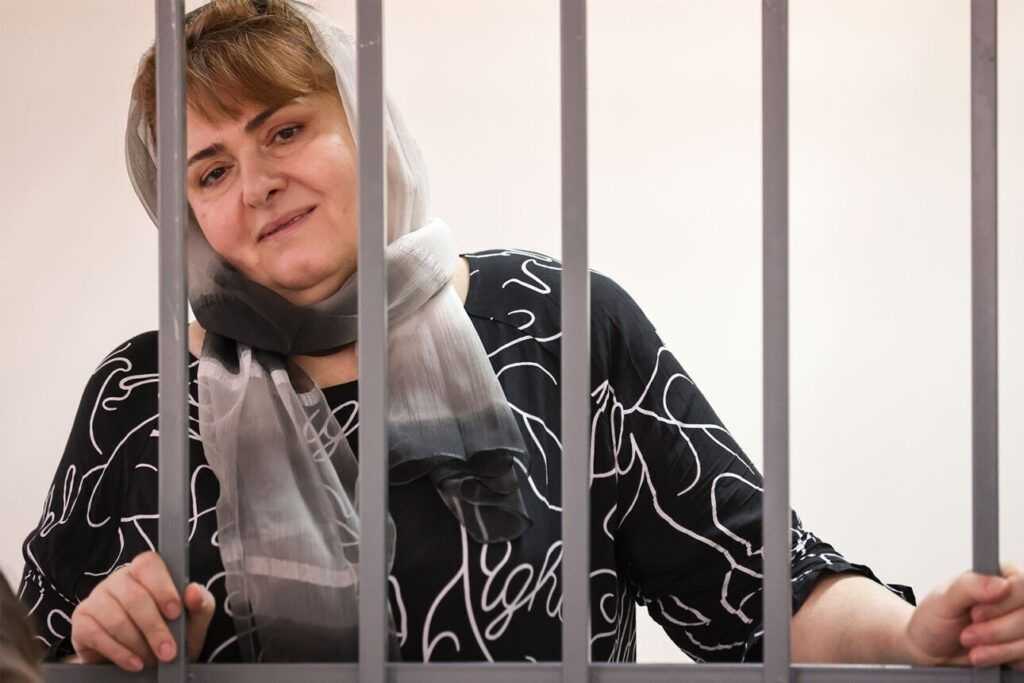Explainer | What is Armenia expected to do on its EU visa-free journey?
Armenia must meet a number of conditions before its citizens can enjoy visa-free travel, and progress is rarely fast.

For many Armenians, the prospect of travelling freely across Europe without a visa has long been more than a policy ambition — it is seen as belonging, opportunity, and a tangible link to the wider world.
That vision is now inching closer to reality, as the EU and Armenia advance a structured process toward visa-free travel.
In late 2024, the EU and Armenia launched a high-level dialogue to prepare the ground for visa-free short stays for Armenian citizens within the Schengen area.
It all began after Armenia fell out with Russia over the latter’s inaction during Armenia’s border clashes with Azerbaijan. The new dialogue has also coincided with the Armenian government’s peace talks with Azerbaijan, where Armenia refused the mediation efforts led by Russia, leaning towards the assistance of the West, namely the US and the EU.
The process rests on a detailed framework known as the Visa Liberalisation Action Plan, or VLAP. The document outlines the conditions Armenia must meet before its citizens can enjoy visa-free travel, which fall under four broad pillars: secure travel documents, effective border and migration management, rule-of-law and public order, and respect for fundamental rights.
In practical terms, Armenia is expected to roll out biometric passports and ID cards, modernise border-control systems, adopt EU-standard migration and asylum procedures, and strengthen protections against corruption and organised crime. Officials say these reforms will also require new technology, upgraded administrative capacity, and close cooperation with EU agencies.
For ordinary citizens, the significance is clear. Visa-free access would make travel easier for businesspeople, students, researchers, and families, while giving Armenia’s large diaspora in Europe more flexibility in maintaining ties. Politically, it represents a decisive move towards European integration — one that goes beyond rhetoric to verifiable commitments.
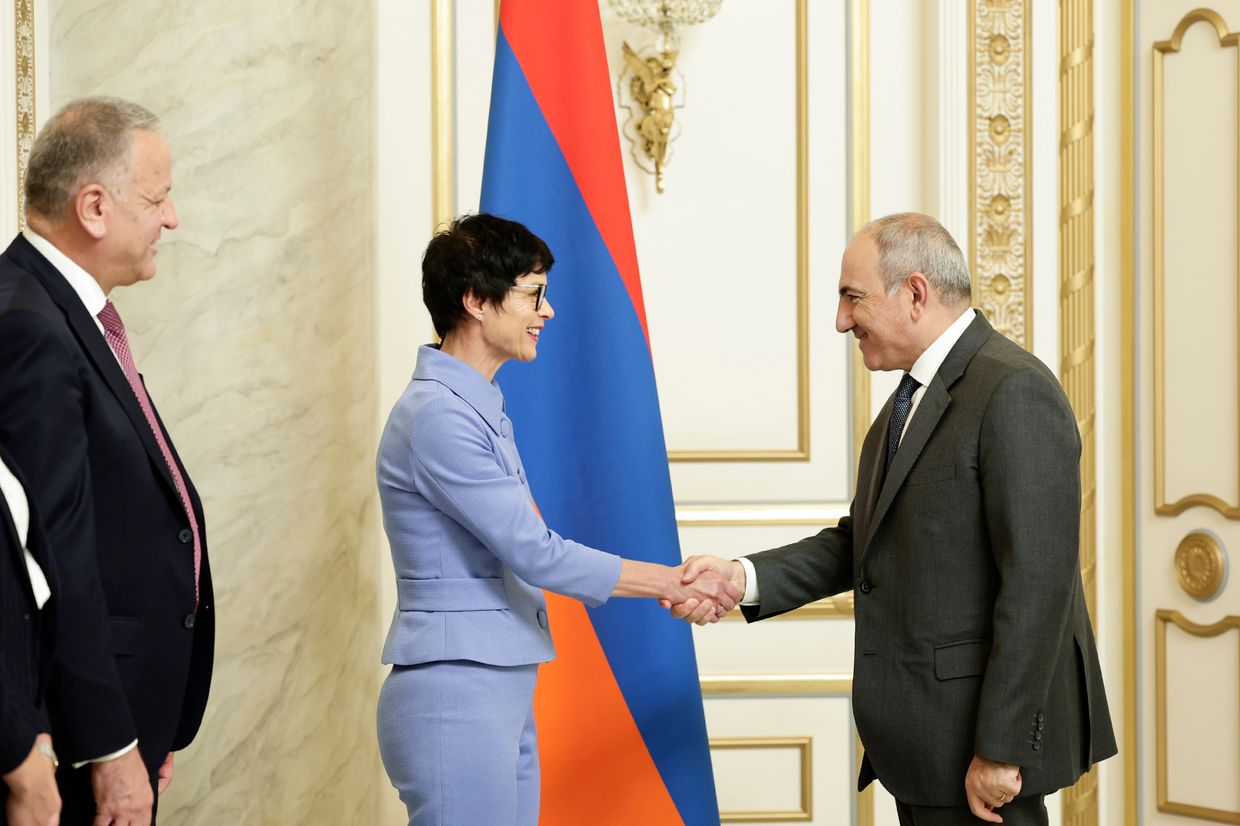
Narek Sukiasyan, political scientist, and a visiting postdoctoral fellow at the University of Zurich, believes that the prospect of visa liberalisation remains one of the ‘most tangible and alluring incentives of EU integration for the populations of aspiring member states.’
‘Unlike full membership, it carries far less geopolitical baggage, making it a natural next step in the ongoing Armenia–EU rapprochement — the proverbial low-hanging fruit that promises visible benefits while provoking minimal retaliation from Russia’, he tells OC Media.
By mid-2025, the European Commission approved a proposal for the Action Plan, opening the door for Armenia to begin implementing its reform roadmap. Armenian officials have described the plan as ‘historic’, calling it a milestone on the country’s European path. Yet, as previous Eastern Partnership states have shown, progress is rarely fast. For Georgia and Moldova, meeting all technical conditions took roughly four to five years.
That timeline underscores both the promise and the complexity of the process. Armenia’s institutions will need to demonstrate that new laws are not only passed but properly enforced. Establishing biometric systems, ensuring border transparency, and coordinating migration management require long-term investment and administrative reform. The EU, for its part, will send regular expert missions to monitor compliance and issue reports before recommending any change in travel policy.
Officials in Yerevan acknowledge that reforms under the VLAP are demanding but argue they will modernise key state institutions regardless of the political outcome. They believe that around three years would be enough to meet the requirements and qualify for the visa-fee regime. Beyond mobility, the process strengthens governance standards in areas such as border security, anti-corruption, and data protection, preparing Armenia for further EU integration.

However, Sukiasyan, believes the specific prerequisite of ‘comprehensive border control could necessitate an uncomfortable dialogue with Moscow regarding the withdrawal of Russian forces stationed along Armenia’s borders with Turkey and Iran — a deployment that has persisted for more than three decades’.
Despite this, he notes that beyond any geopolitical implications, progress on visa liberalisation ‘holds significant domestic political value’.
‘With parliamentary elections looming next year, advancing this agenda could appeal to young urban voters — a demographic notably disenchanted with the ruling party’, Sukiasyan says.
Yet, there is still the matter of timing. Armenia’s biometric passports are expected to enter circulation in 2026, but the final EU decision on lifting visas will depend on verified progress across all benchmarks. Even then, both the European Parliament and the Council must jointly approve any waiver amidst an existing political will to support Armenia’s EU accession.





